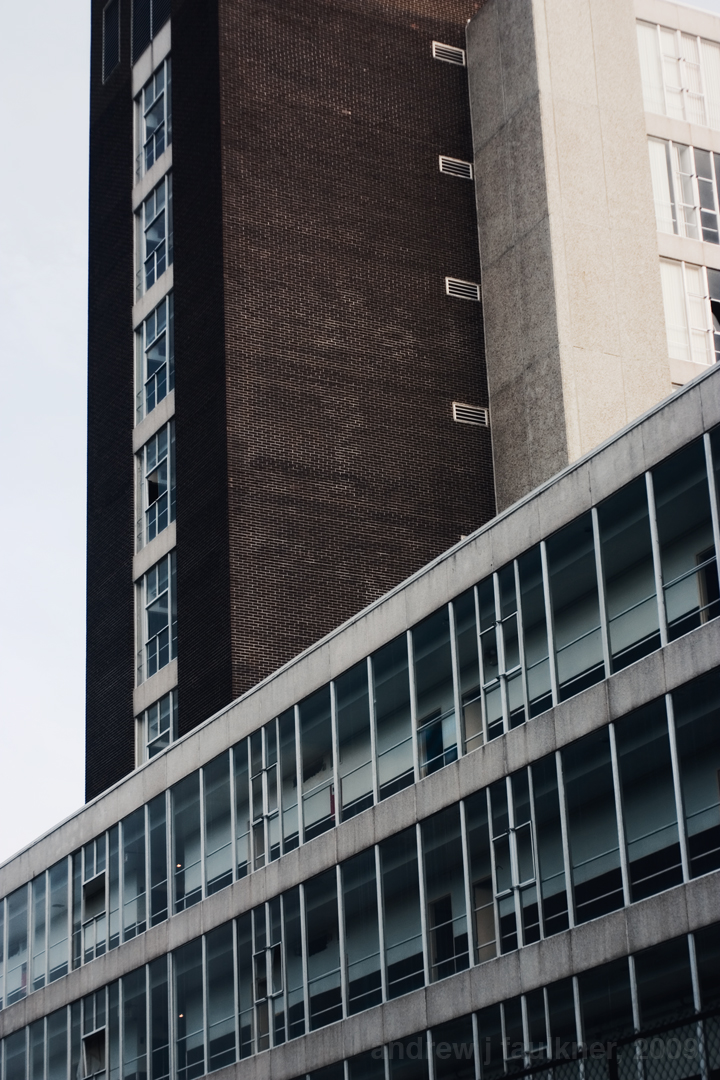Save the SAN LUIS!
Preservation Board hearing concerning the application for demolition of Charles Colbert's iconic DeVille Motor Lodge/San Luis Apartments for a surface parking lot by the Archdiocese of St. Louis. Please attend and send our elected officials that the wholesale destruction of the urban fabric for automobile accommodation must end if Saint Louis is to ever aspire to more than regional mediocrity.
1015 Locust Street, Suite 1200
Downtown St. Louis, 63101
4 PM
#2 SUBSIDIZE the installation of productive green roofs
As I covered (in my ghostwriting role) over at the SOS Northside Blog Professor Steven Chu, a Nobel prize winner and President Obama’s nominee for Energy Secretary recently pointed to the problems of heat absorptive roofing in our cities:
“if you take all the buildings and make their roofs white and if you make the pavement more of a concrete type of colour rather than a black type of colour, and you do this uniformly . . . it’s the equivalent of reducing the carbon emissions due to all the cars on the road for 11 years.”
Now the New York Times covers programs that incentivize edible green roofs.
Green roofs are something of a no-brainer. One of the biggest environmental problems for urban areas are rapid stormwater discharges that result from rainfall being channeled across impervious surfaces. Without any surface to absorb or slow the rain the runoff is much more violent and shorter in duration. These pulses erode stream banks, cause flash flooding, carry toxic chemicals into streams and overwhelm combined sewer systems. Cities are faced with the choice to dig up existing systems and separate them (extremely expensive) or devise strategies to reduce runoff input into the system. Green roofs allow water to percolate through vegetative matter, slowing or preventing any runoff.
Edible green roofs go a step farther. As I alluded in an earlier post the availability of nutritious and fresh foods and produce are another challenge facing the underprivileged residents of most cities. By creating edible green roofs as part of a community gardening initiative residents can learn cultivation and maintain a degree of self-sufficiency. Produce from large municipal roof areas such as convention centers and government buildings could be donated to food pantries. Schoolchildren could help participate in the cultivation of the food they eat at lunch. Nutrition would be improved, attendant healthcare costs would be reduced and stormwater runoff-caused pollution would be reduced for a fraction of the cost of other efforts.
Perhaps this could be a federally mandated CBBG-funded program?
More methods coming soon...








0 reactions:
Post a Comment